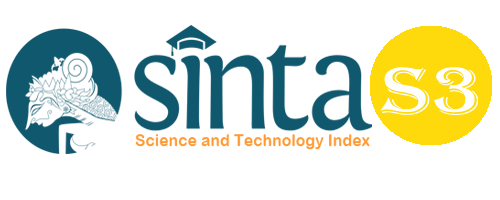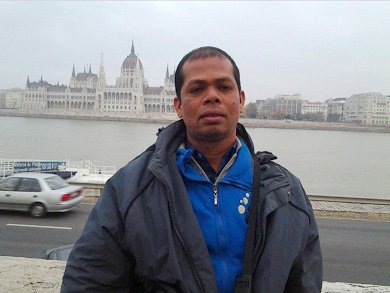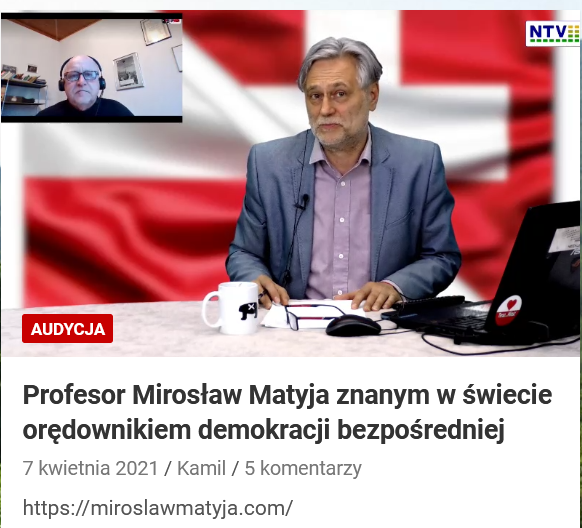Analysis Corporate Social Responsibility (CSR) in the Implementation of the Scholarship Program by PT. Siam Cement Group (SCG) Indonesia in DKI Jakarta Province whose Schools have a Partnership with SCG
Abstract
The purpose of this study aims to explain the implementation of the scholarship program and the benefits of scholarships in the concept of social welfare related to human capital development (HCD), social assistance, social investment, corporate social responsibility (CSR), and scholarships. Based on previous studies, these four concepts have not been studied in an integrated manner. Social welfare has not been specifically linked to HCD; HCD has not been linked to the scholarship program, and scholarship programs have not been specifically linked to a company's CSR. That is why social welfare in this study is associated with HCD. HCD is one of the three important capital causes of economic growth and in turn can improve social welfare. One of the important implementations of HCD is education. Efforts to increase the opportunity to obtain an education, among others, through scholarship programs. Scholarships can be held by the government or the private sector. Private companies run scholarship programs usually in the name of CSR programs. Starting from this thought, this study aims to examine how a private company provides scholarships in the context of CSR, and the extent to which the scholarship program has concrete positive implications for HCD.
Keywords
Full Text:
PDFReferences
Adi, Isbandi Rukminto. (2013). Kesejahteraan sosial: Pekerjaan sosial, pembangunan sosial,dan kajian pembangunan. Jakarta : PT Raja Grafindo Persada.
Affandi, Y., Anugrah, DF, & Bary, P. (2018). Human capital and economic growth across regions: a case study in Indonesia. Eurasian Economic Review, 9(3), 331-347.
Armstrong, Michael & Stephen Taylor. 2014. Armstrong' s Handbook of Human Resource Management Practice . 13th Edition. London and Philadelphia : Kogan Page Limited.
Byrne, R., & Gammeltoft-Hansen, T. (2020). International refugee law between scholarship and practice. International Journal of Refugee Law, 32(2), 181-199.
Daigneault, PM (2014). Three paradigms of social assistance. SAGE Open, 1-8. DOI: 10.1177/2158244014559020.
Elfindri. (2008). Beasiswa S-1, S2/S3 dan Non Gelar. Padang: Baduose Media.
Fadli, F. (2015). Modal Sosial Dan Pendapatan Masyarakat. Jurnal Agrium, 12(1).
Fahimi, A., Saint Akadiri, S., Seraj, M., & Akadiri, AC (2018). Testing the role of tourism and human capital development in economic growth. A panel causality study of micro states. Tourism management perspectives, 28, 62-70.
Hirawan, FB (2020). Optimizing the distribution of social assistannce program during the Covid-19 panndemic. CSIS Commentaries DMRU-081-EN/ Econ-003 EN, 1-7.
Idris, A. (2018). Pengantar Ekonomi Sumber Daya Manusia, 1st ed. Yogyakarta, Sleman: Deepublish.
Ife, Jim .(2013). Community development in an uncertain woeld. Cambridge University Press: New York.
Ilham, I., Suwijana, IG, & Nurdin, N. (2021). Sistem Pendukung Keputusan Penerimaan Beasiswa Pada SMK 2 Sojol Menggunakan Metode AHP. Jurnal Elektronik Sistem Informasi dan Komputer, 4(2), 48-58.
Julianto, Y. (2014). Pengaruh Pemanfaatan Beasiswa dengan Hasil Belajar Mahasiswa Jurusan Teknik Sipil FT-UNP.CIVED (Journal of Civil Engineering and Vocational Education),2 (2).
Kuitto, K. (2016). From social security to social investment? Compensating and social investment welfare policies in a life-course perspective. Journal of European Social Policy, 26(5), 442-459.
Lamidi, KO, & Igbokwe, PI (2021). Social investment programmes in Nigeria: Impact and challenge. African Journal of Social Work, 11(1), 1-11.
Magdalena, S., Suhatman, R. (2020). The Effect of Government Expenditures, Domestic Invesment, Foreign Invesment to the Economic Growth of Primary Sector in Central Kalimantan. Budapest International Research and Critics Institute-Journal (BIRCI-Journal). Volume 3, No 3, Page: 1692-1703.
Midgley, J., & Conley, A. (eds). (2010). Theories and Skills for Development Social Work. Oxford: Oxford University Press Inc.
Muhammad-Shitu, ARB (2019). An Investigation of the impact of the scholarship types on academic procrastination among the university students. Hungarian Educational,Reserarch Journal, 9(4), 668-688.
Nathaniel, SP, Yalçiner, K., & Bekun, FV (2021). Assessing the environmental sustainability corridor: Linking natural resources, renewable energy, human capital, and ecological footprint in BRICS. Resources Policy, 70, 101924.
Neuman, WL (2014). Social Research Methods: Qualitative and Quantitative Approaches (7th ed). Edinburgh Gate:Pearson Education Limited.
Rothman. (1995). Strategies of Community Intervention: Macro Practice. Los Angeles:University of California.
Rustanto, B. (2015). Penelitian Kualitatif Pekerjaan Sosial. Bandung : PT Remaja Rosdakarya.
SCG. (2021). SCG di Indonesia & Program Beasiswa Sharing the Dream. Laporan SCG Introduction & Sharing the Dream PT. SCG Indoneesia.
Shah, M. M., et al. (2020). The Development Impact of PT. Medco E & P Malaka on Economic Aspects in East Aceh Regency. Budapest International Research and Critics Institute-Journal (BIRCI-Journal). Volume 3, No 1, Page: 276-286
Sugiyono. (2005). Metode Penelitian Kualitatif. Bandung :Alfabeta.
Suharto, Edi. (2005). Membangun masyarakat memberdayakan rakyat: Kajian strategis pembangunan kesejahteraan sosial dan pekerjaan sosial. Bandung: Rafika Aditama.
Sumaryadi, I Nyoman. (2005). Perencanaan Pembangunan Daerah Otonom dan Pemberdayaan Masyarakat. CV. Citra Utama, Jakarta.
Susilo, WH (2014). Faktor-Faktor Yang Berhubungan Dengan Tingkat Manfaat Bagi Penerima Beasiswa dan Peningkatan Kinerja SDM Unggul di Jambi Indonesia.Jurnal Ekonomi Dan Bisnis,17(2), 1-22.
Zhao, S. (2008). Application of human capital theory in China in the context of the knowledge economy. The International Journal of Human Resource Management, 19(5), 802-817.
DOI: https://doi.org/10.33258/birci.v5i3.6655
Article Metrics
Abstract view : 63 timesPDF - 31 times
Refbacks
- There are currently no refbacks.

This work is licensed under a Creative Commons Attribution-ShareAlike 4.0 International License.

This work is licensed under a Creative Commons Attribution-ShareAlike 4.0 International License.

_.gif)

















_.gif)



